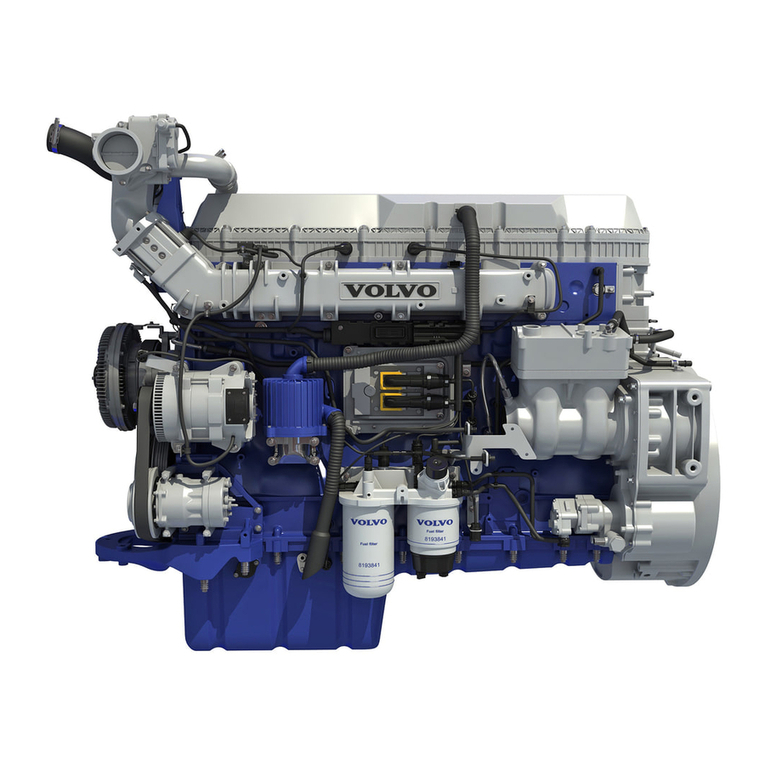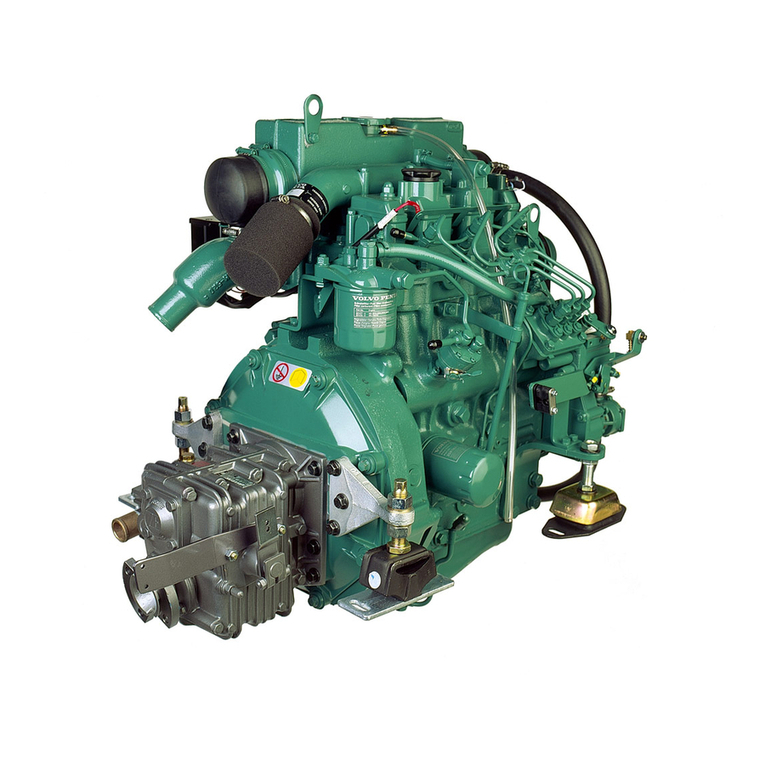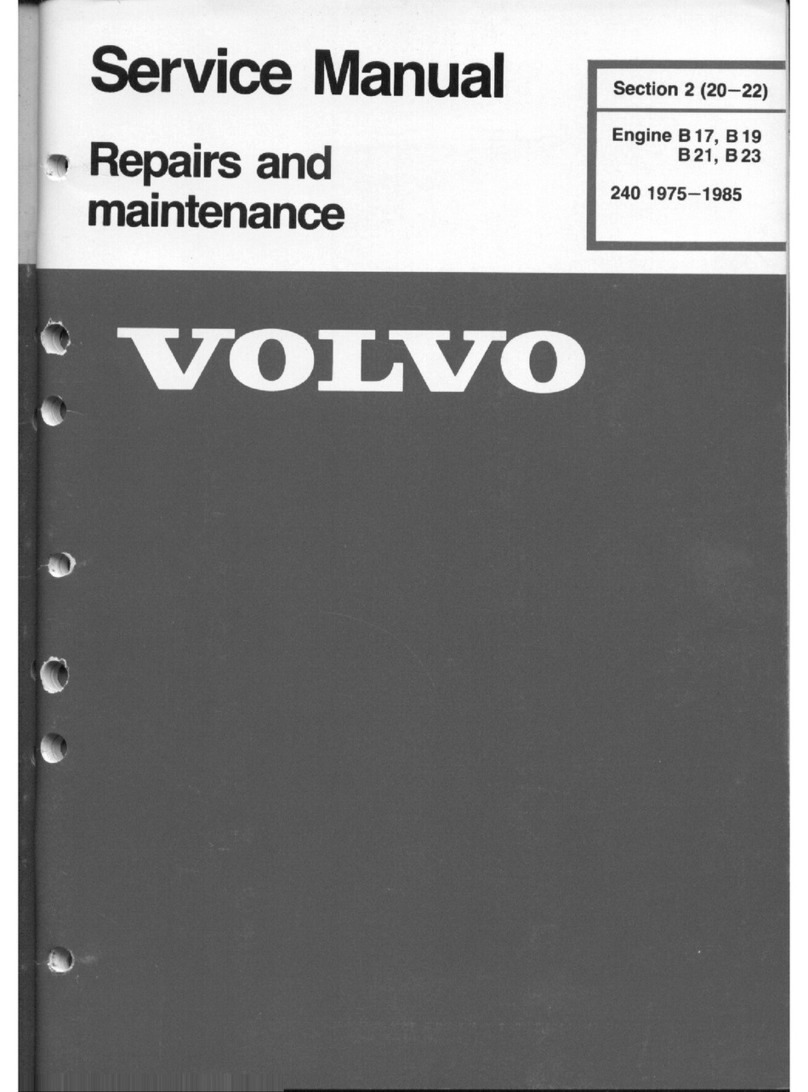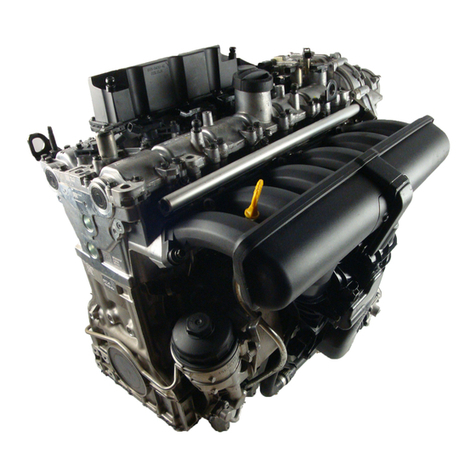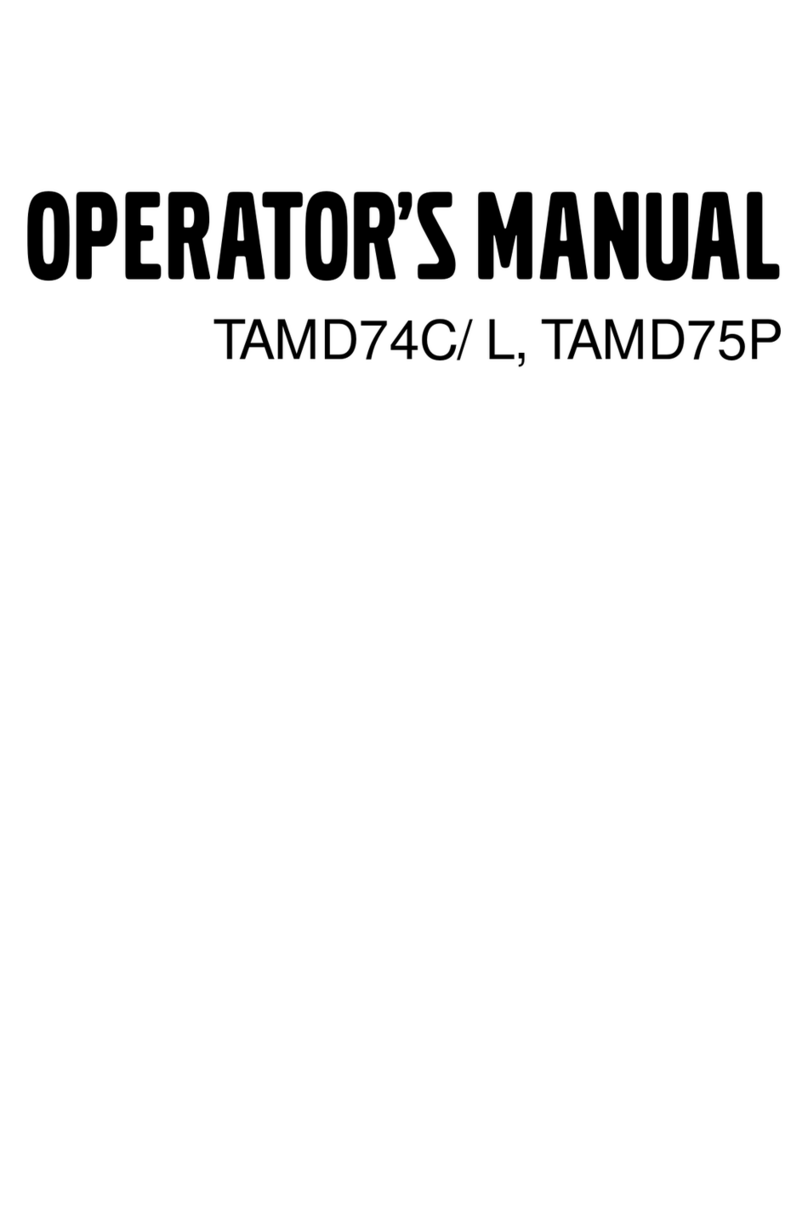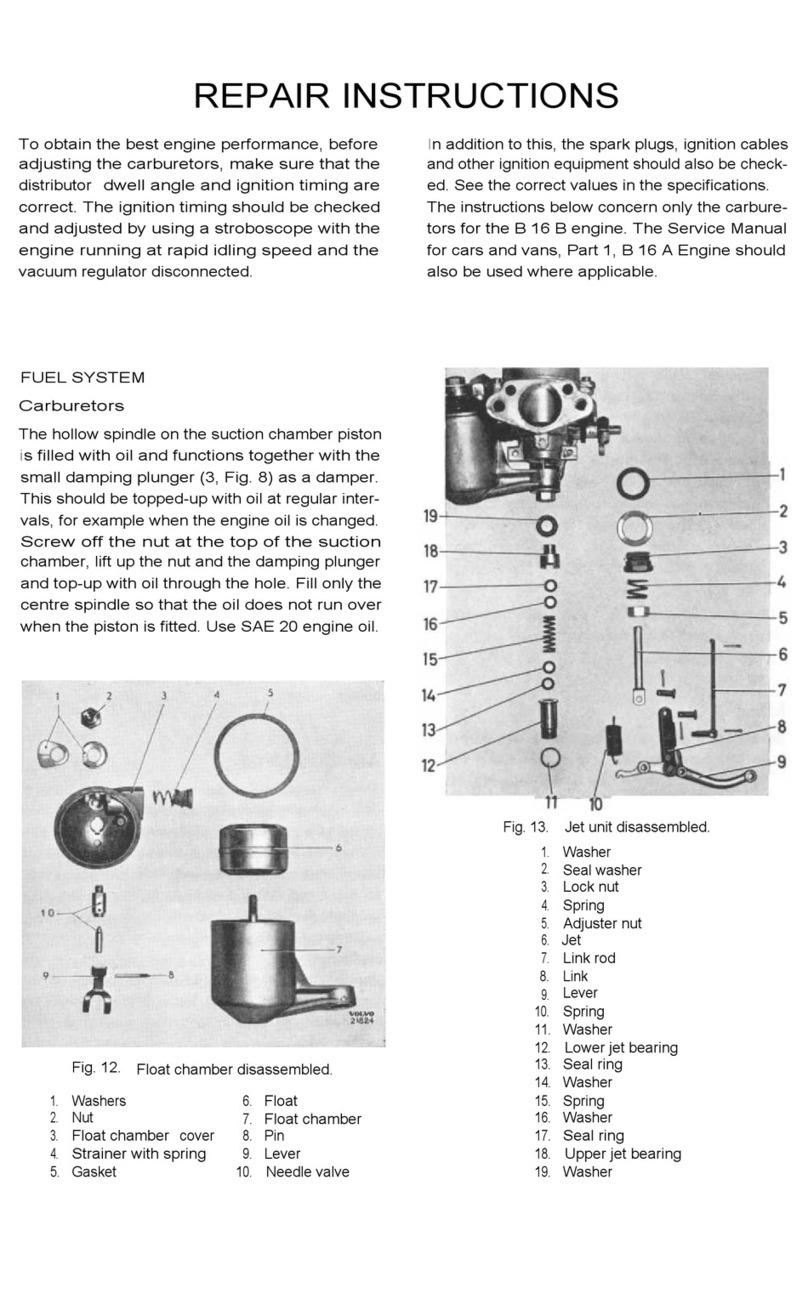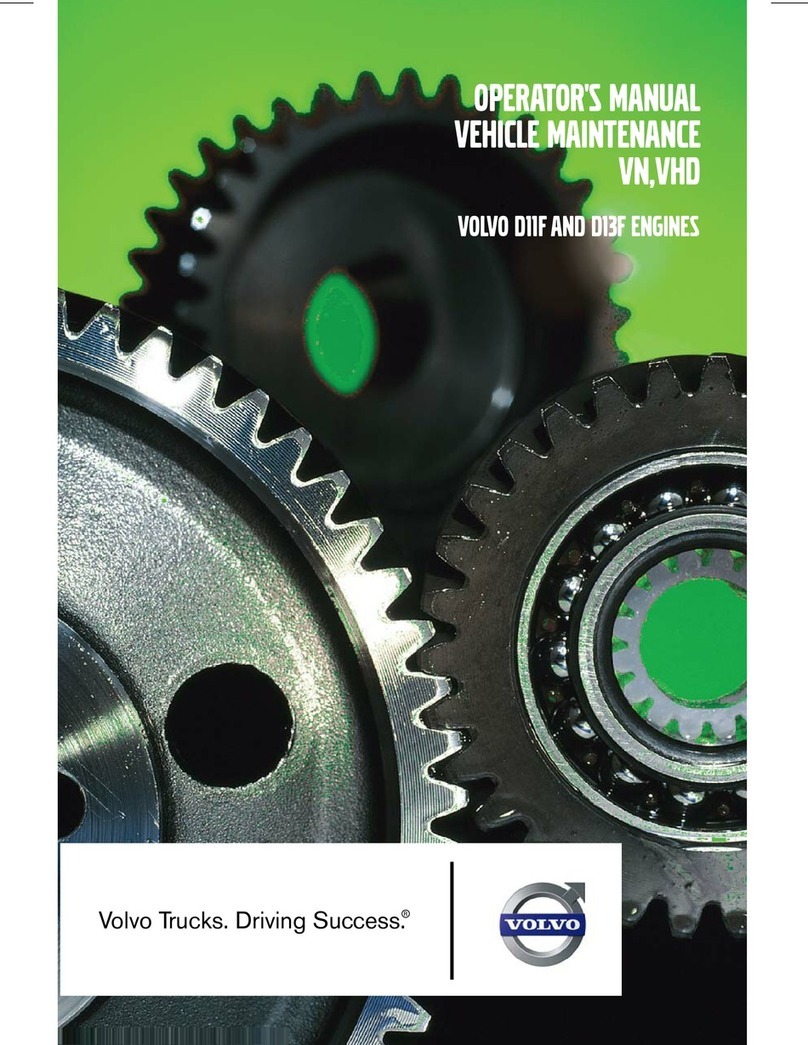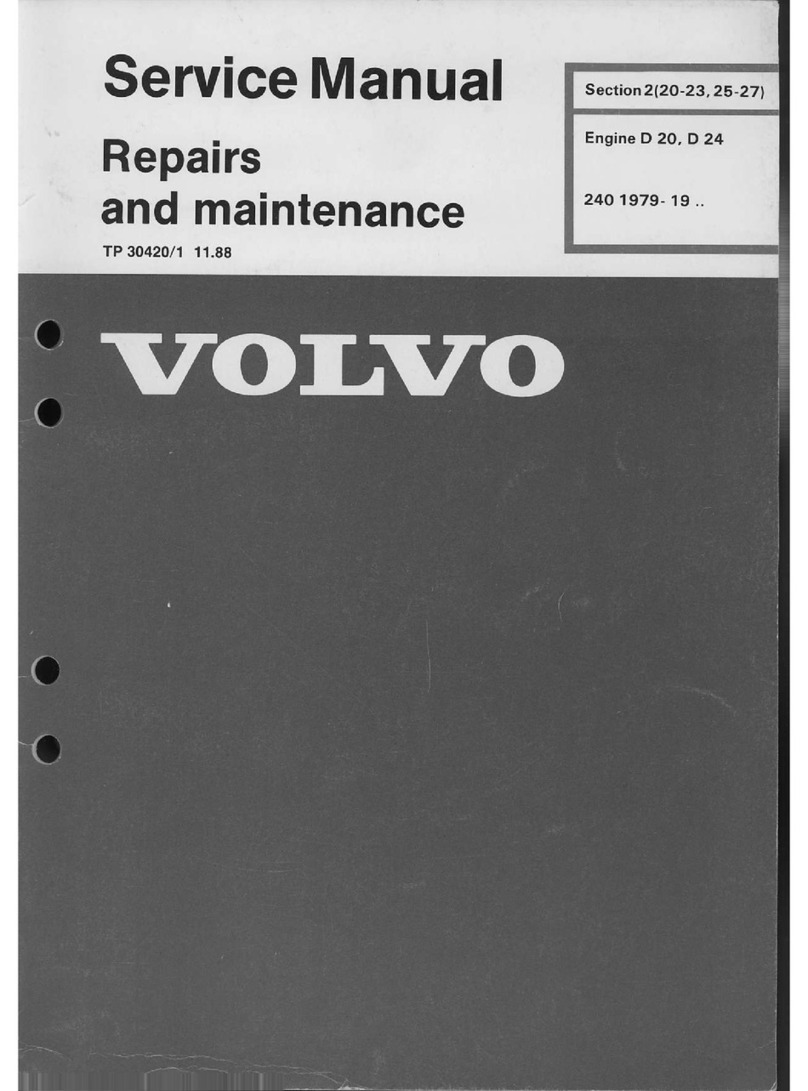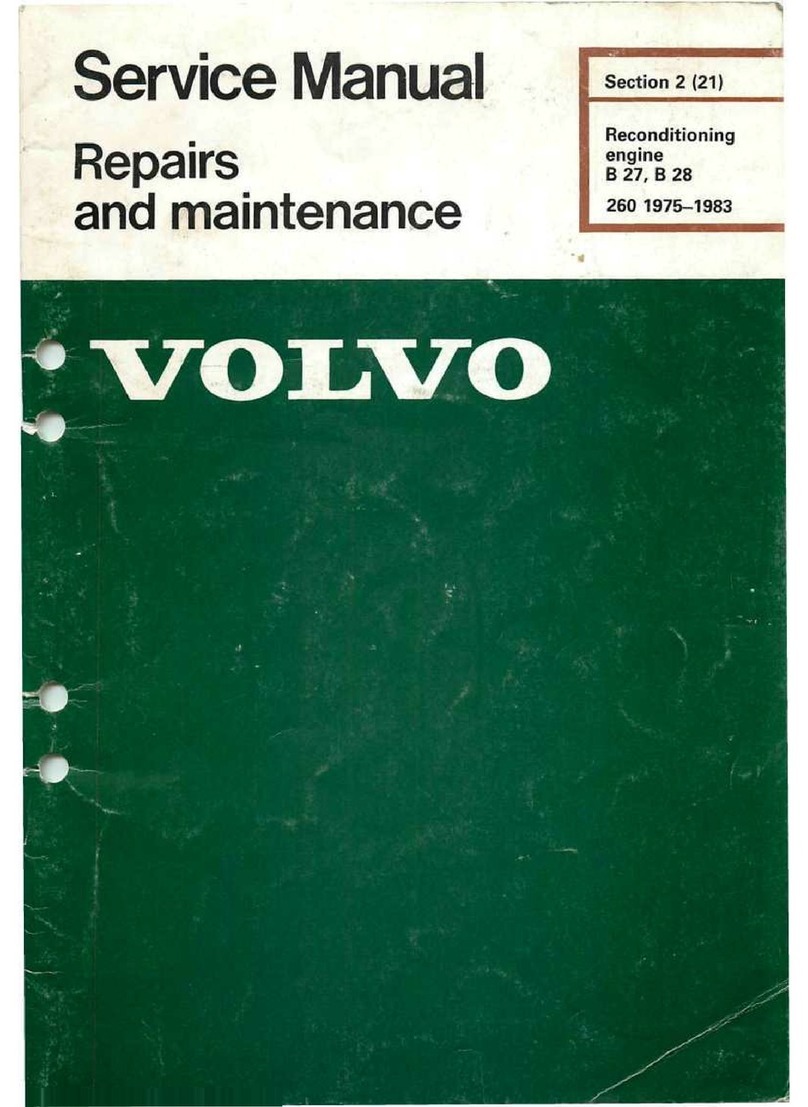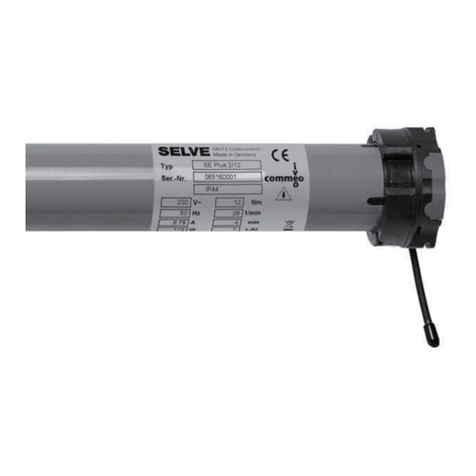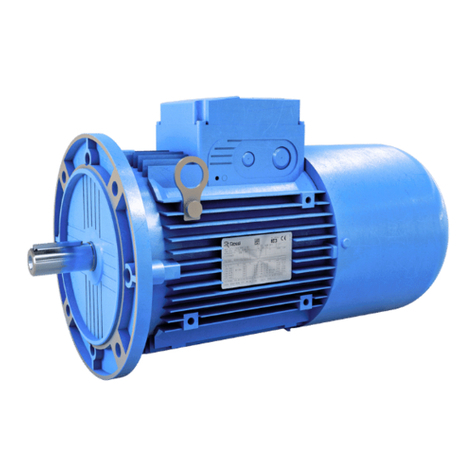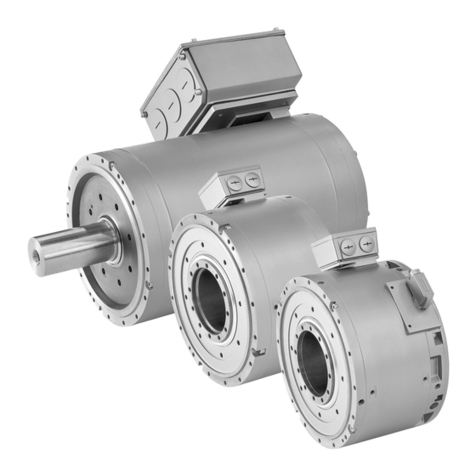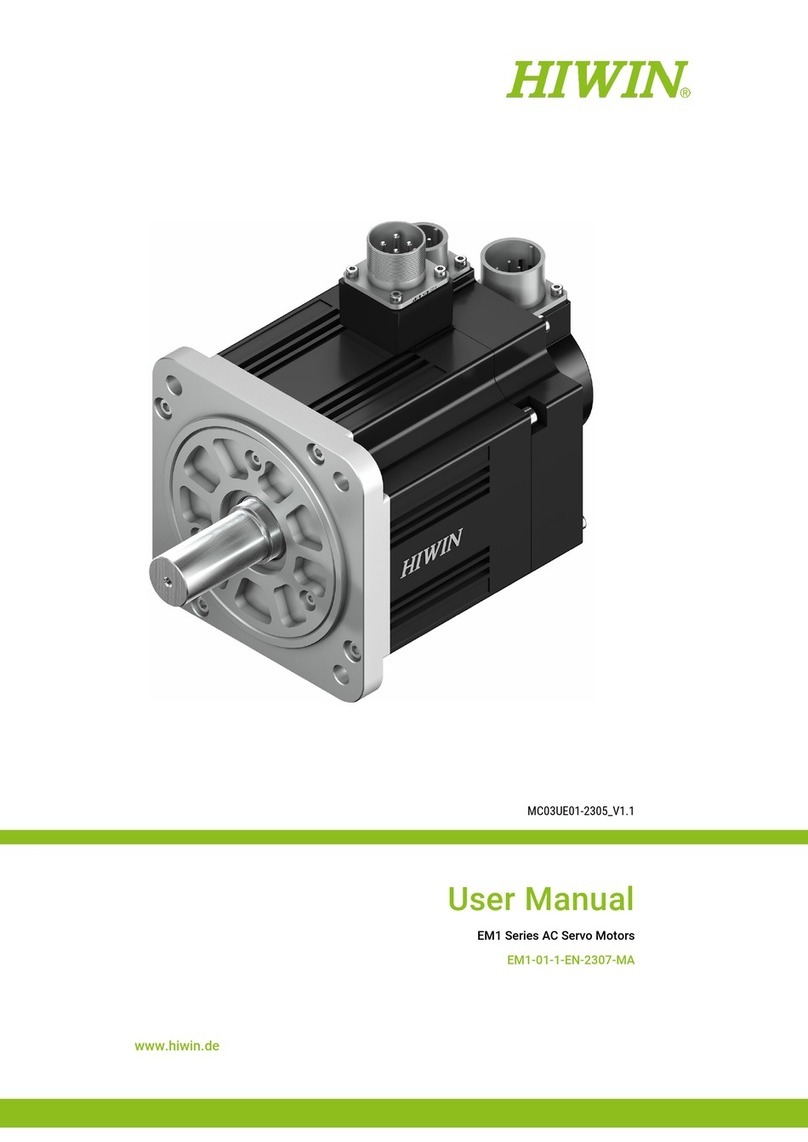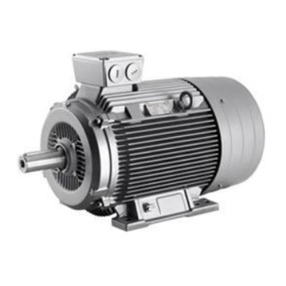Safety precautions
4
Always wear protective goggles if there is a risk
of splinters, grinding sparks and splashes from
acid or other chemicals.Your eyes are extreme-
ly sensitive and an injury to them can result in
loss of sight!
Avoid skin contact with oil! Long term or re-
peated skin contact with oil can lead to the loss
of natural oils from the skin. This leads to irrita-
tion, dry skin, eczema and other skin problems.
Old oil is more dangerous to your health than
new. Use protective gloves and avoid oil-soaked
clothes and rags. Wash regularly, especially
before meals. Use special skin creams to help
clean and to stop your skin drying out.
Most chemicals intended for the product (en-
gine and reverse gear oils, glycol, gasoline and
diesel), or chemicals intended for the workshop
(degreasing agent, paints and solvents) are
harmful to your health. Read the instructions
on the packaging carefully! Always follow pro-
tective measures (using a protective mask,
goggles, gloves etc.). Make sure that other per-
sonnel are not unknowingly exposed to harm-
ful substances, in the air that they breathe for
example. Ensure that ventilation is good. Deal
with used and excess chemicals as directed.
Be extremely careful when tracing leaks in the
fuel system and when testing injectors. Wear
protective goggles. The jet from an injector is
under very high pressure and fuel can pen-
etrate deep into tissue, causing serious injury
with a risk of blood poisoning.
All fuels and many chemicals are inflamma-
ble. Keep away from naked flames or sparks.
Gasoline, some solvents and hydrogen from
batteries in the correct proportions with air
are very inflammable and explosive. Do not
smoke! Maintain good ventilation and take the
necessary safety measures before welding or
grinding in the vicinity. Always keep a fire extin-
guisher accessible in the workplace.
Store oil and fuel-soaked rags and old fuel and
oil filters properly. Oil-soaked rags can, in cer-
tain circumstances, ignite spontaneously. Old
fuel and oil filters are environmentally harmful
and should be delivered, with used lubrication
oil, contaminated fuel, paint, solvents and de-
greasing agents, to a proper refuse station for
environmentally harmful material for destruc-
tion.
Ensure that the battery compartment is de-
signed according to current safety standards.
Never allow an open flame or electric sparks
near the battery area. Never smoke in proximity
to the batteries. The batteries give off hydrogen
gas during charging which when mixed with air
can form an explosive gas. This gas is easily ig-
nited and highly volatile. Incorrect connection of
the battery can cause sparks sufficient to cause
an explosion with resulting damage. Do not shift
the connections when attempting to start the
engine (spark risk) and do not lean over any of
the batteries.
Always ensure that the Plus (positive) and
Minus (negative) battery leads are correctly
installed on the corresponding terminal posts
on the battery. Incorrect installation can result
in serious damage to the electrical equipment.
Refer to the wiring diagrams.
Always use protective goggles when charging
and handling the batteries. The battery electro-
lyte contains extremely corrosive sulphuric acid.
If this should come in contact with the skin, im-
mediately wash with soap and plenty of water.
If battery acid comes in contact with the eyes,
flush immediately with water and obtain medi-
cal assistance.
Turn the engine off and turn off the power at the
main switches (breakers) before carrying out
work on the electrical system.
Clutch adjustments must be carried out with the
engine turned off.
Use the lifting eyes fitted on the engine/reverse
gear when lifting the drive unit. Always check
that the lifting equipment used is in good condi-
tion and has the load capacity to lift the engine
(engine weight including reverse gear and any
extra equipment installed).
To ensure safe lifting and avoid damage to
components installed on the top of the engine
use an adjustable lifting beam. All chains and
cables must run parallel to each other and as
perpendicular as possible to the upper side of
the engine.
If extra equipment is installed on the engine
which alters its centre of gravity a special lifting
device is required to obtain the correct balance
for safe handling.
Never carry out work on an engine suspended
on a hoist.



